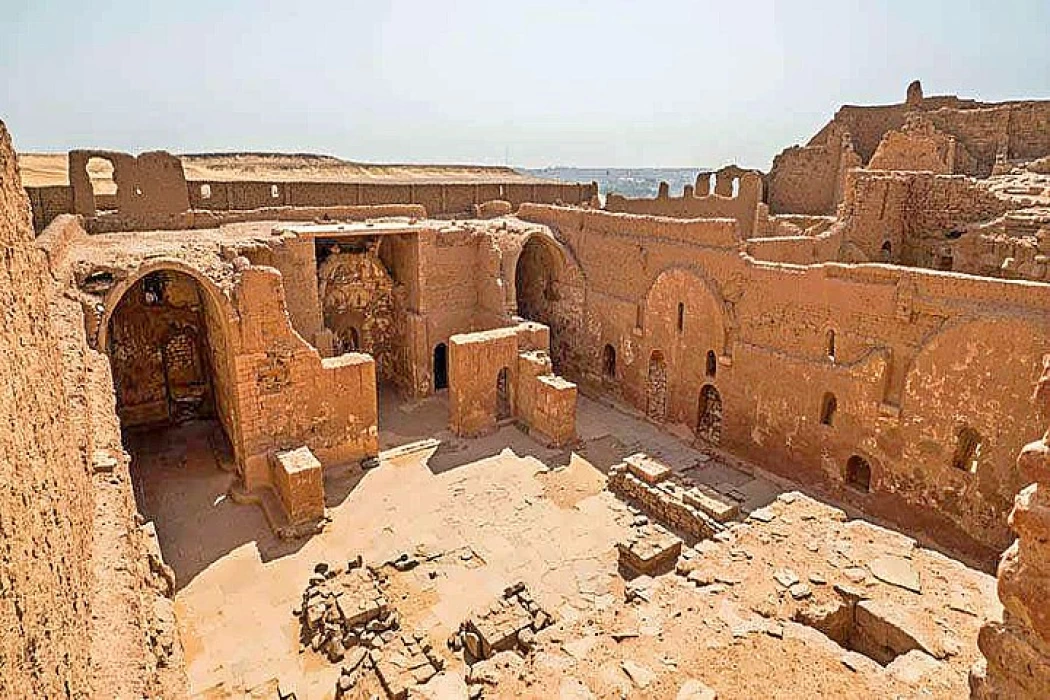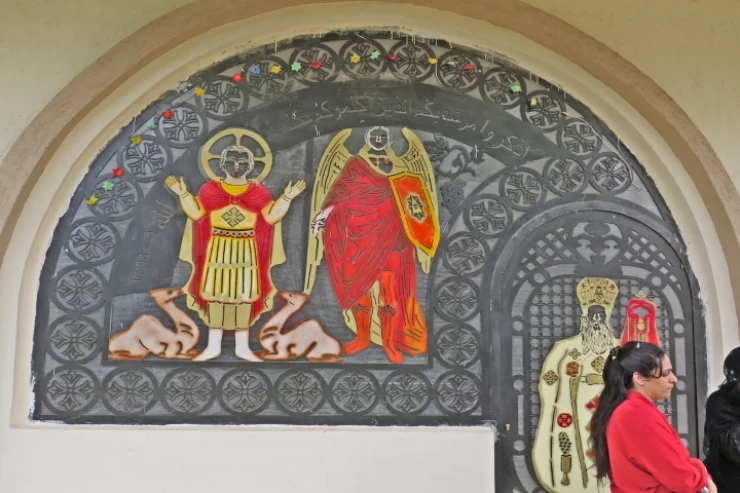
St. Simeon Monastery: A Timeless Sanctuary of Faith
St. Simeon Monastery in Aswan is a key destination for Egypt Day Tours, providing visitors with a rich journey through history. Here on the western shore of Aswan is the Aswan Monastery of St. Simeon, famous for the monastery of Bishop “Hadra the Tourist” ... According to Egyptian narratives, this name is due to the sighting of the Bishop carrying a “Qudra” of water, filling it and then returning with it, so he was nicknamed “Qudra,” which then became “Hadra.”
For those interested in Egypt Shore Excursions, this monastery offers a remarkable insight into Coptic monastic life and history. The church considers St. Simeon to be the first bishop of the Aswan diocese, which at that time included Luxor, Esna, and Armant. The monastery was built around the sixth century AD on an area of about two and a quarter acres on an expansive plateau about one kilometer from the beach. It was restored in the tenth century AD.
Egypt Travel Packages often highlight the monastery’s unique architecture, built in harmony with the surrounding environment: the valley, on which the church and guest rooms were built, and the plateau, on which the villas and the monastery's facilities were built. The monastery is also distinguished by its high walls, which are almost six meters high.
It was the Italian archaeologist Monnet who discovered the monastery in 1925 and described it as one of the largest and most important monasteries in Upper Egypt. And why not, as it has defied time and survived through the eons.
The monastery became famous and hosted about 300 monks and 100 disciples for worship. According to canonical books, the monastery began to decay in the 14th century due to repeated southern foreign invasions that deliberately sabotaged the monastery, and its loved ones abandoned it, but by divine providence, the monastery halls (private rooms for monks) survived, while the features of the Bakhoumian school (i.e., collective monasticism) were lost, as every five monks were housed in one hall.
Fortunately, most of the monastery's buildings, decorated with exquisite icons, have survived, except for the roofs of the churches and some of the rooms.
To this day, church fathers celebrate the anniversary of Bishop Hadra's death in December every year by holding prayers at the Church of Our Lady of the Assumption in the city center and concluding with a Mass in the ancient monastery after obtaining permission from the Ministry of Antiquities to which the monastery belongs.
The monastery's gifts have not stopped until today, as an archaeological icon of Anba Hadra was found in a closed room in the Church of the Virgin, which was studied and highlighted.
Due to the special status of St. Simeon's Monastery, it has recently witnessed a huge spiritual and urban renaissance, and many new buildings have been built next to it to receive visitors and guests.















